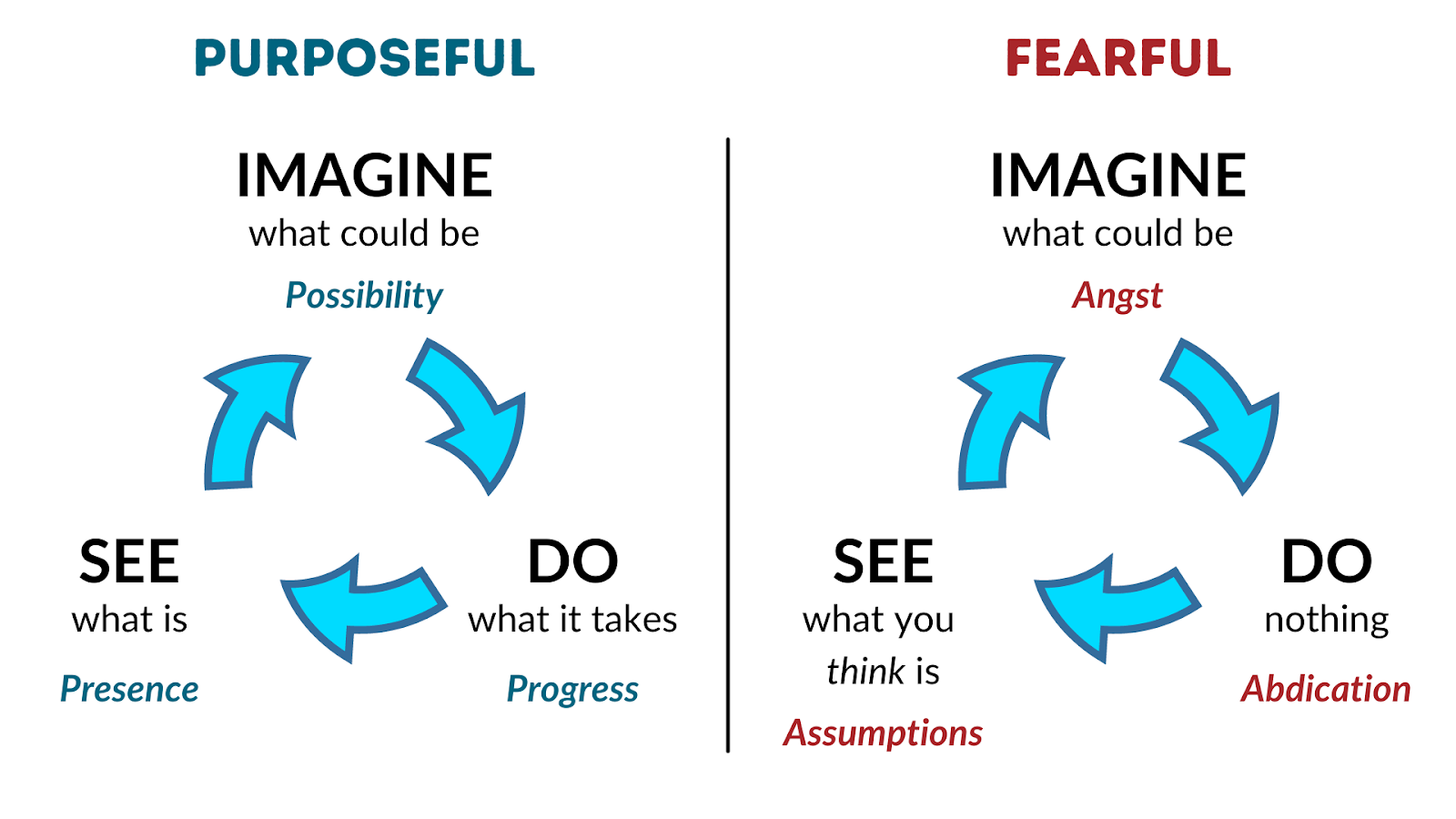See. Imagine. Do. Three Practices for Effective Leadership
We have an imagination deficit.
That’s one of the more interesting insights shared in this year’s Deloitte’s annual Human Capital Trends report.
As the authors say, we’re living in an age of disruption, as well as one of possibility. As generative AI continues to show its capabilities to replace much of the functional and technical aspects of work, there’s a compelling invitation to cultivate more of our uniquely human qualities to create better futures. Qualities such as curiosity. Imagination. Empathy. Yet Deloitte’s report says that most organisations (63%) aren’t doing anything about it. That’s disappointing.
I think we also have two other deficits:
A reality deficit: where we’re telling stories and making decisions based on assumptions and limited perspectives. We don’t see the whole picture yet we say we know the truth of the matter. That’s dangerous.
An unhurried deficit: where we’re so busy ‘in action’ trying to make things happen that we wear ourselves out. We value busyness above effectiveness, and the result is burnout. That’s unsustainable.
Let’s look at how we go beyond those deficits towards something better.
In my leadership development work, I’ve repeatedly seen that the most effective leaders, and leadership cultures, have a fundamental orientation to the world. They also stick to three core practices. That orientation and those practices enable people to engage their heads, hearts, and hands in sustainable, meaningful, enriching ways that make what they do valuable and memorable.
Orientation: Purposeful over Fearful
Amid change and challenges, we can choose a purposeful orientation or a fearful one.
A purposeful orientation is grounded in a deep commitment to create more of what you want to see in the world. It helps us to look beyond everyday life's speed bumps and focuses our energy to create a better future.
To be sure, a fearful orientation also has its place. Fear helps to keep us safe. It’s just that when we live a life that when ‘fear has us’ rather than ‘us having fear’, we can limit ourselves unnecessarily.
Effective leaders consciously choose a purposeful orientation over a fearful orientation. Leaders with a fearful orientation aren’t leading. Instead, they’re assuming, angsting and abdicating.
Practices: See, Imagine, Do
Here are the three practices and how to bring them to life:
SEE
What is
Be a person with presence. Relentlessly seek to be accurate, rather than to be right. Aim to be fully present to see ‘what is’, rather than let untested assumptions determine ‘what you think is’. This reduces the reality deficit.
IMAGINE
What could be
Be a person of vision. Dream big about a better world. Co-create and share vivid, compelling visions of what good things could be possible, rather than fixate and angst on what bad things might happen. This reduces the imagination deficit.
DO
What it takes
Be a person of action. Take deliberate, mindful, leveraged action to make progress towards a compelling vision. Experiment, test and learn, rather than abdicate, moan and blame. This is not about being busy. This is about creating systems to make the most important actions as effortless as possible. This reduces the unhurried deficit.
Here’s a summary:
Want to put this into practice? Download the toolkit here.




